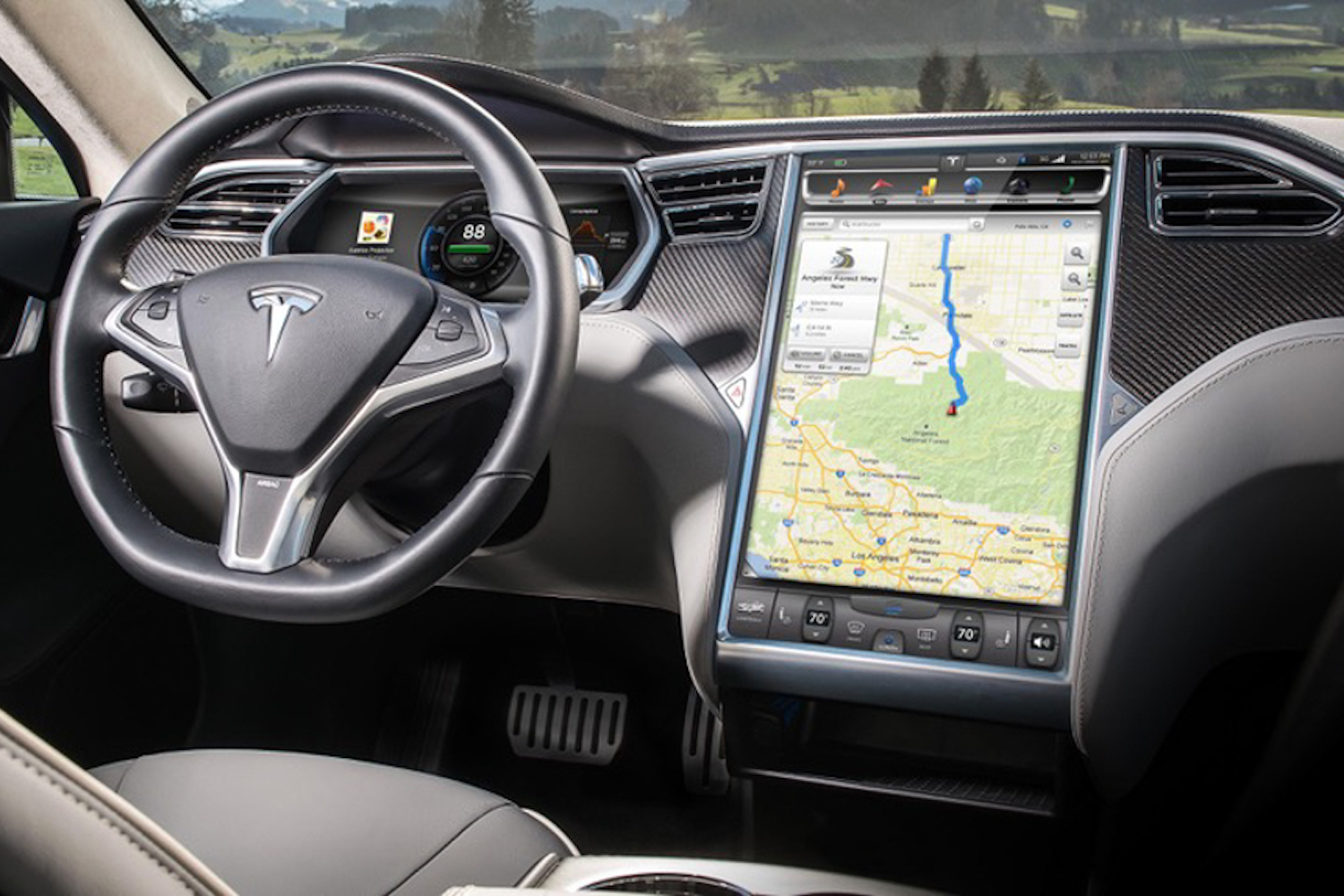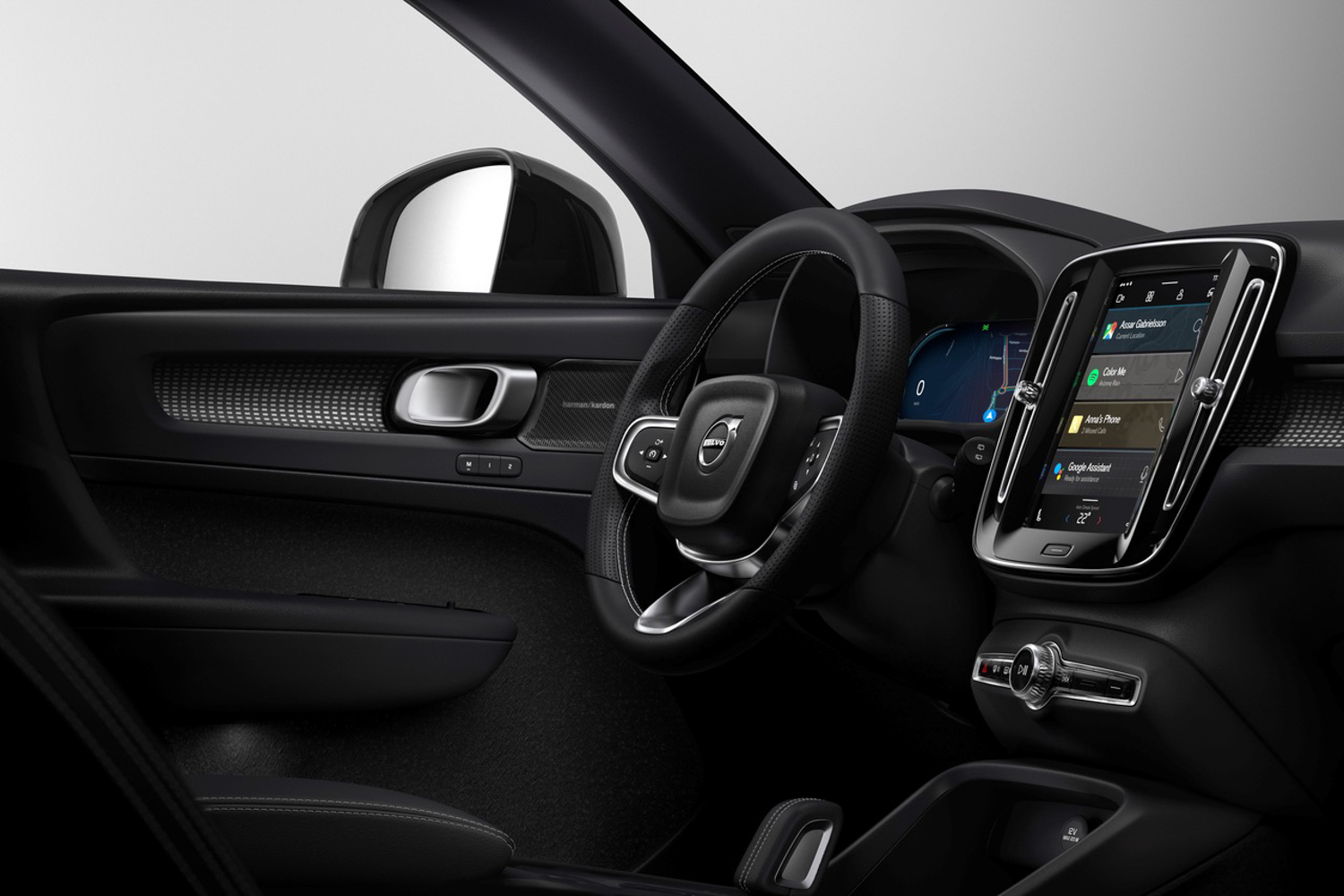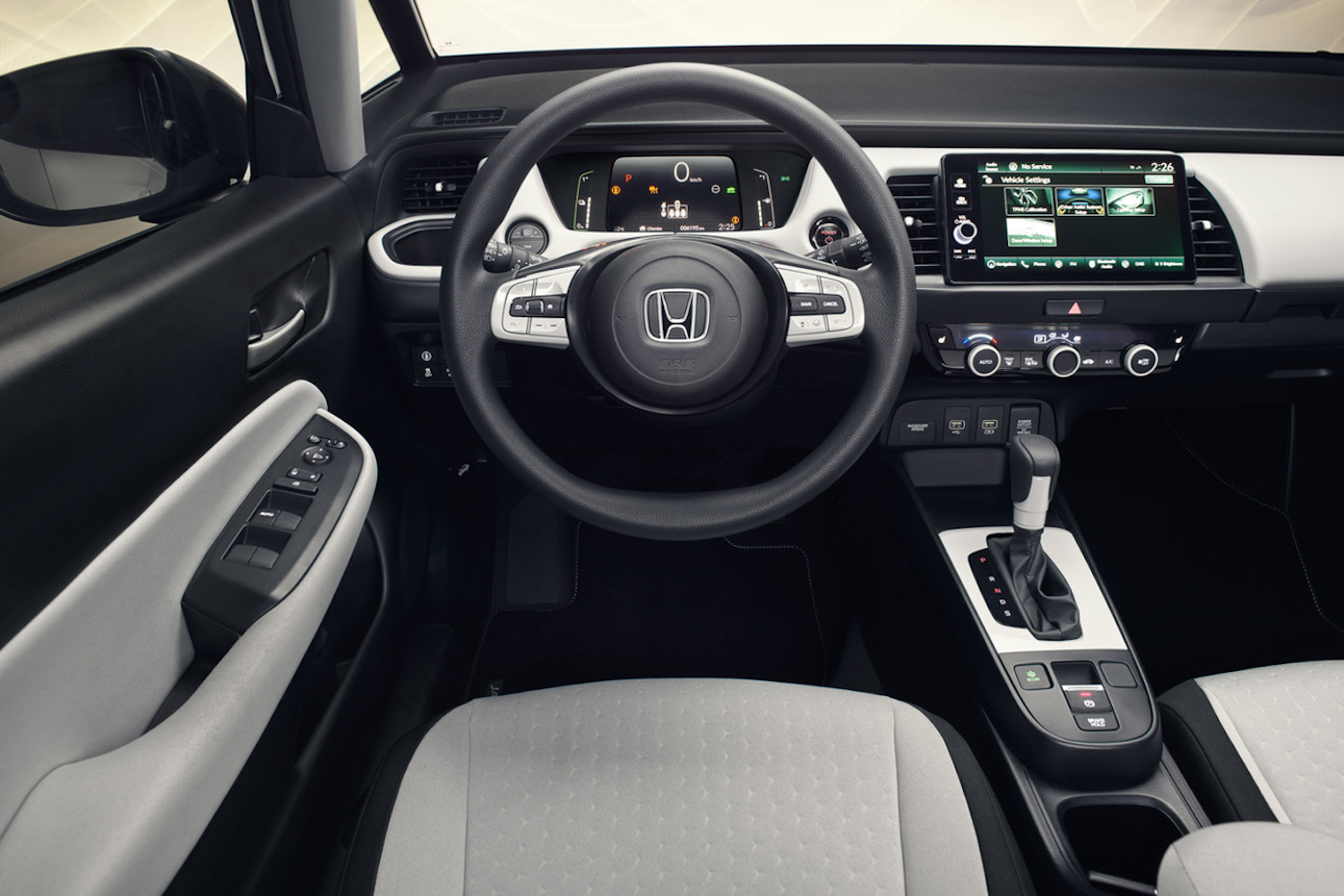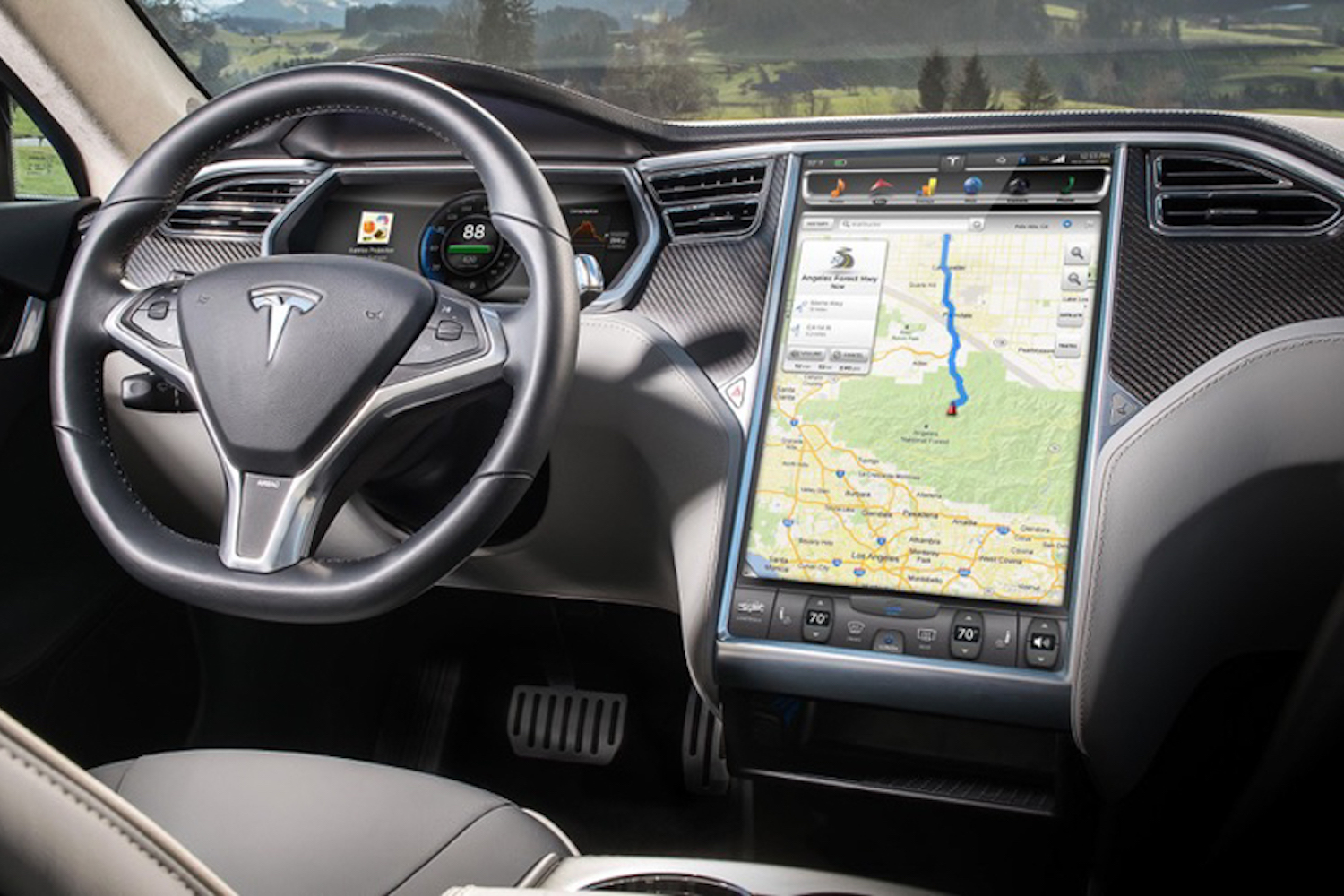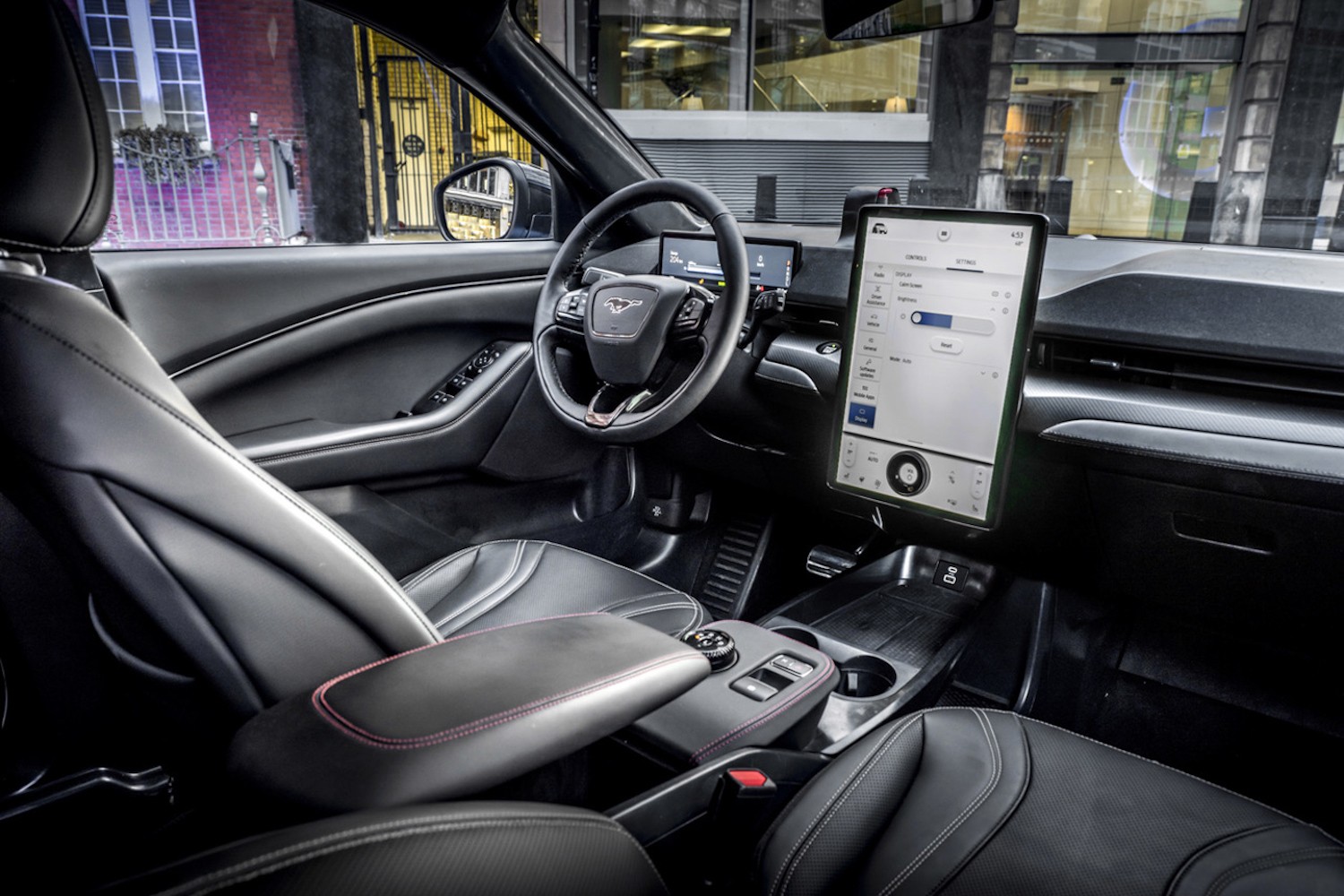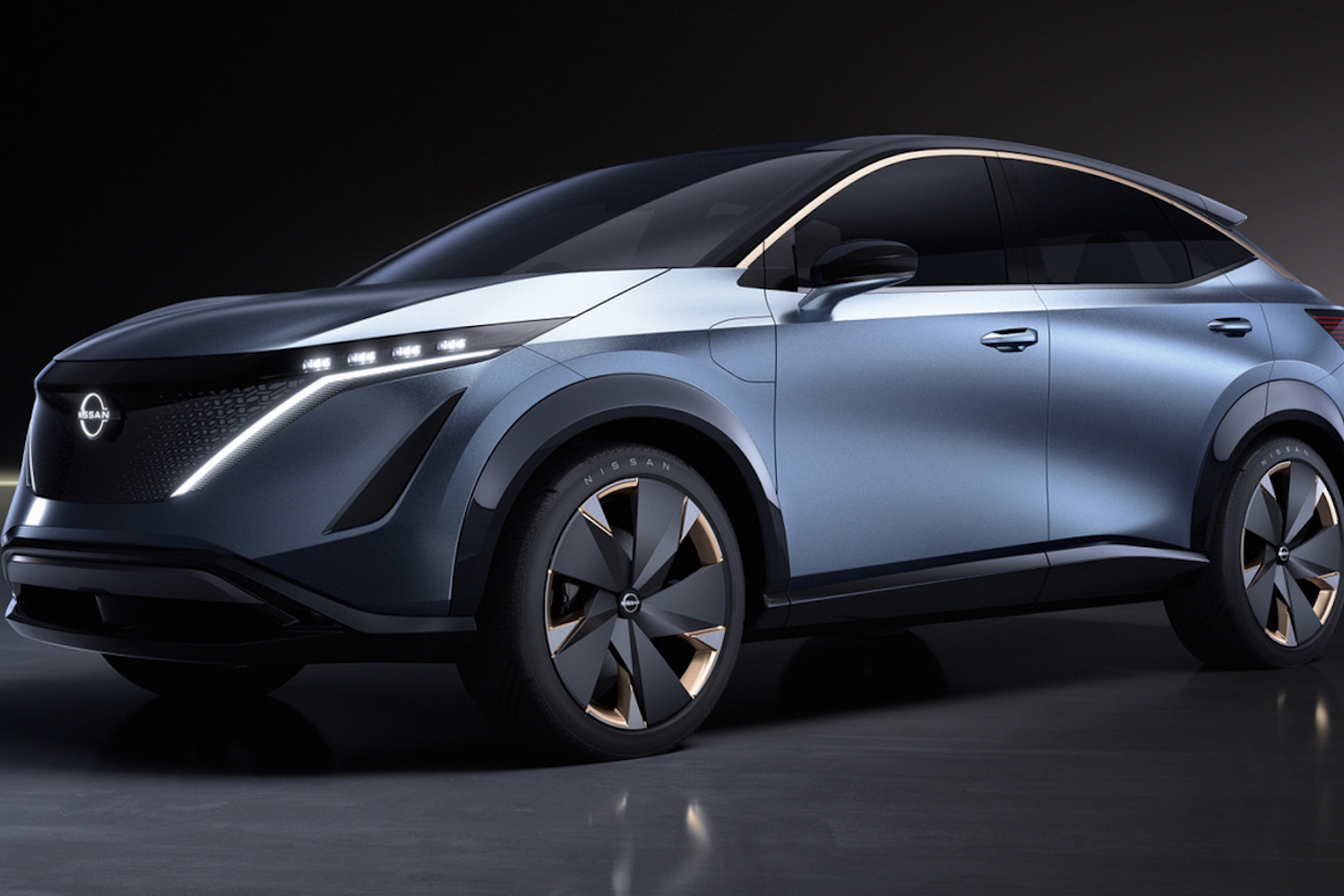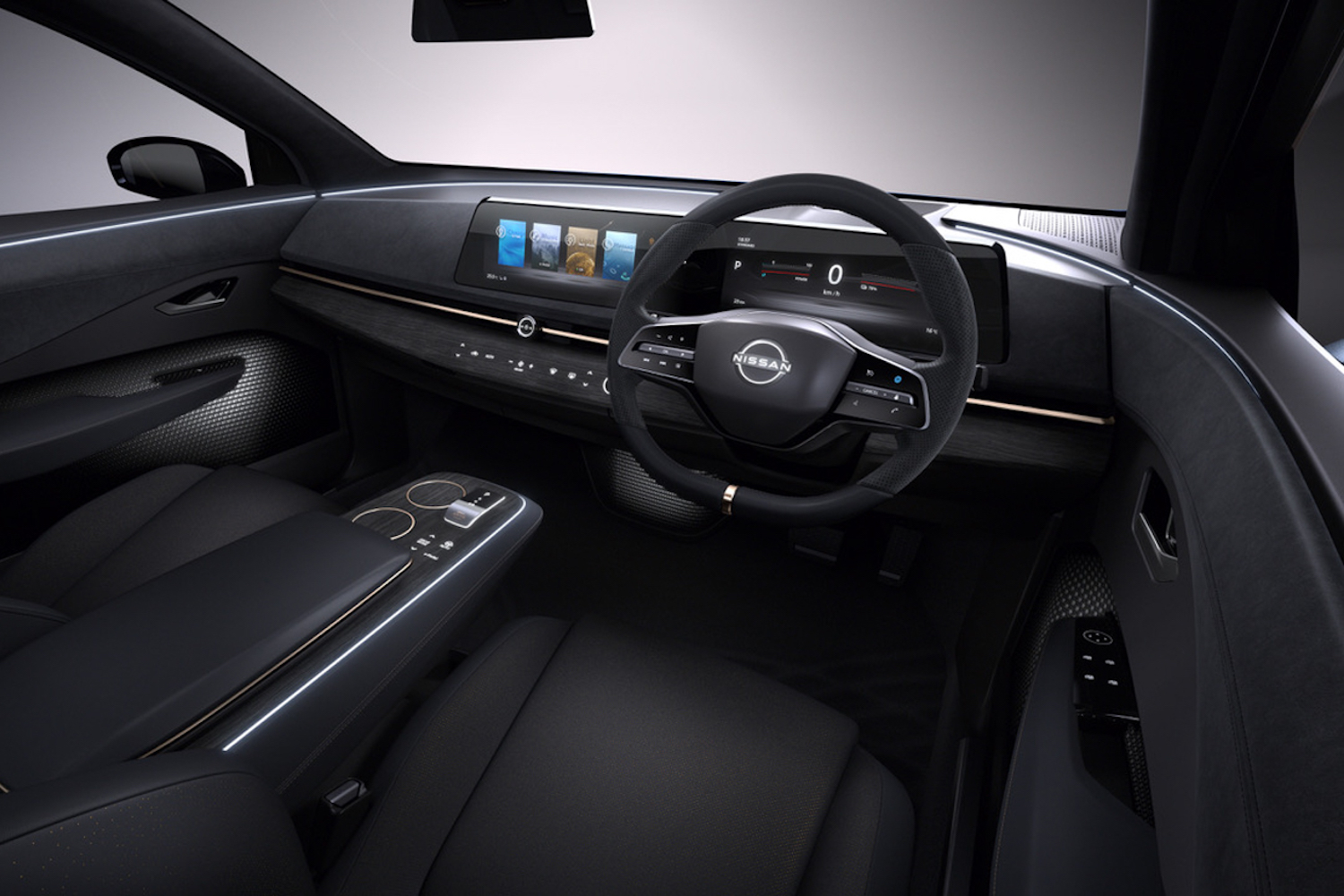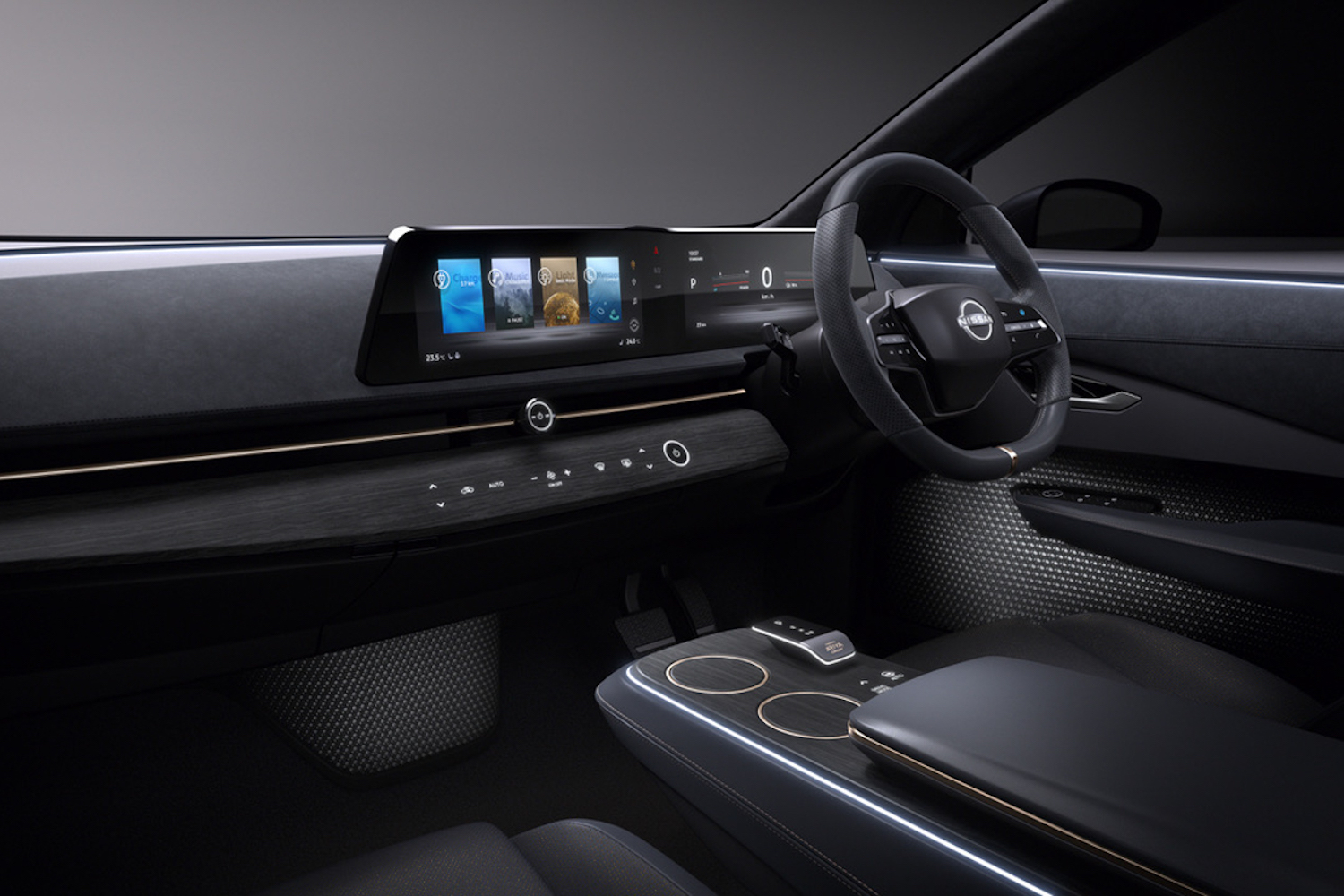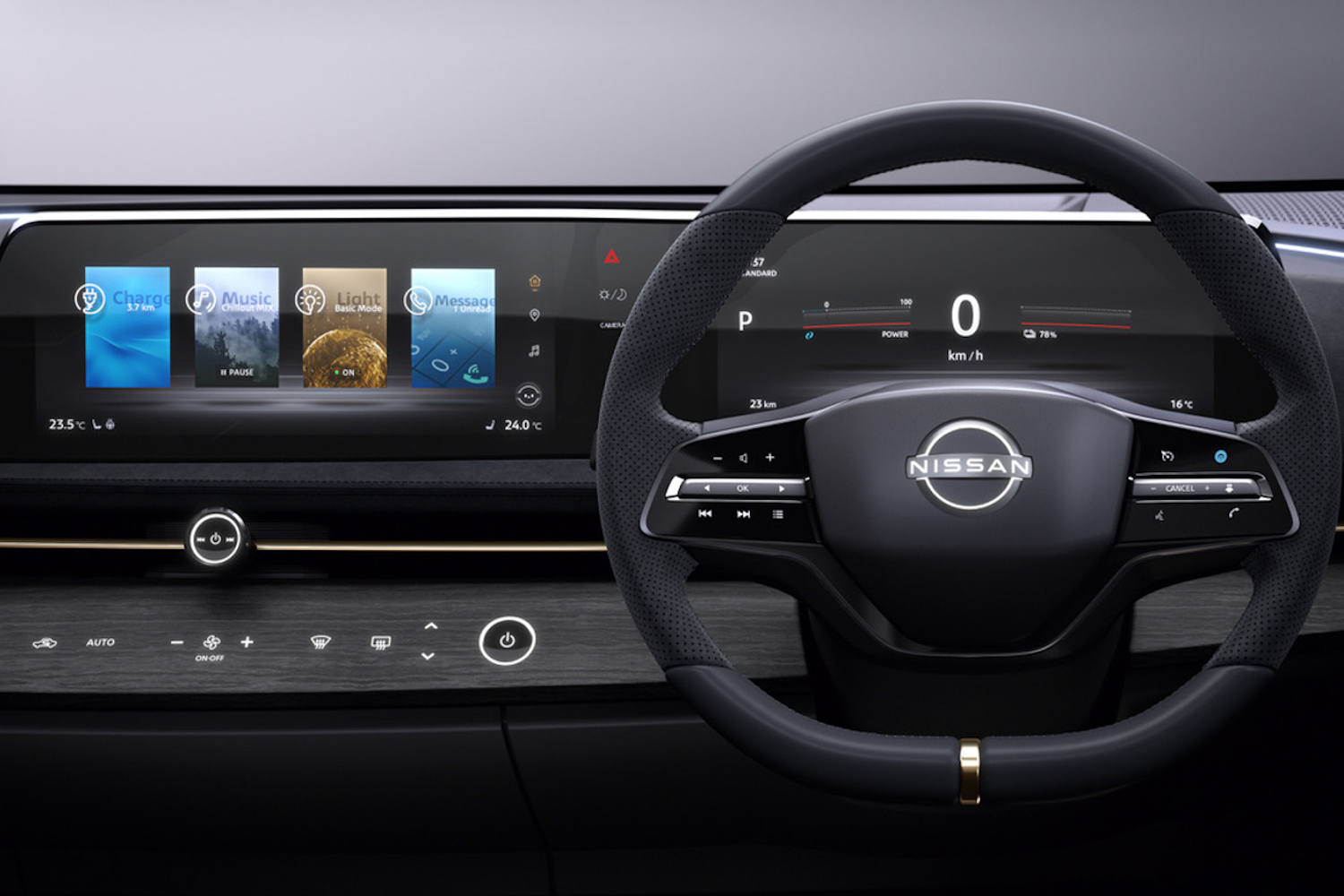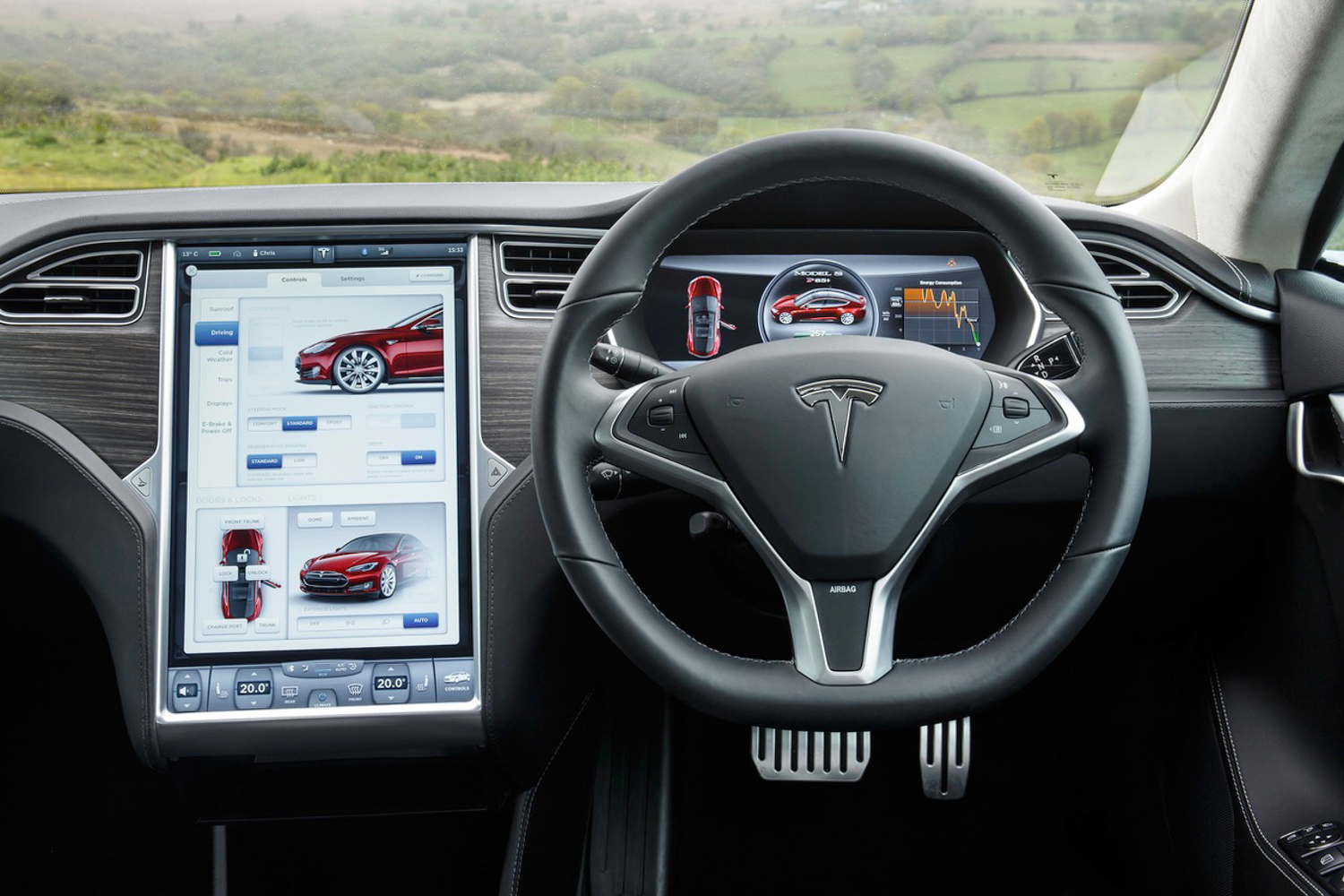Nissan has said that it won't fit big, portrait-oriented touchscreens to its cars. Why? Because the Japanese carmaker reckons that such a layout is unnatural to the human eye.
Big, tall, tablet-style screens have become increasingly fashionable in the automotive interior design world, and have been popularised by the likes of Volvo (which first introduced its portrait-oriented 'Sensus' system in the second-generation XC90) and Tesla (whose vast 17-inch upright screens in the Model X and Model S have become hugely influential. Others with plans for big, vertical screens include Ford (which will introduce just such a layout in its forthcoming Mustang Mach-E electric SUV) and Renault (which has introduced its latest, optional, 9.3-inch touchscreen in the new Clio and Captur).
Are they a good idea, though? There's an obvious appeal in such systems - they look visually impressive, and remind us all of our expensive iPads and Samsung tablets at home. Plus, with an upright layout, you can fit in a bigger screen without taking away space for things such as air vents and storage cubbies.
Nissan, though, reckons big and tall screens are a bad idea, quite simply because the human eye doesn't work that way. Nissan's recent Ariya Concept (a preview of an upcoming electric SUV) features an unfashionably low and lean screen. "The human eye naturally looks from side to side when driving," said Tomomichi Uekuri, senior manager of Nissan's HMI (Human Machine Interface) engineering team. "People can see and absorb more information if it's laid out horizontally. Peripheral vision works this way as well."
Mazda, too, reckons that touchscreens are a bad thing, and has noticeably removed them from recent models such as the CX-30 and 3 hatchback. The Mazda infotainment system now works from a shallow 8.8-inch screen mounted high up on the dashboard, and angled slightly towards the driver. "Doing our research, when a driver would reach towards a touch-screen interface in any vehicle, they would unintentionally apply torque to the steering wheel, and the vehicle would drift out of its lane position," said Matthew Valbuena, Mazda North America's lead engineer for its infotainment systems told website Motor Authority. "And of course with a touchscreen you have to be looking at the screen while you're touching. so for that reason we were comfortable removing the touch-screen functionality."
Indeed, research by the American Automobile Association (AAA) seems to show that big screens in cars are actually quite dangerous. The study, which looked at 30 vehicles driven along a two-mile stretch of suburban road, were tested by 120 different drivers, all with a clean drivers' licence. These drivers were monitored by AAA experts to see how distracted they became when carrying out supposedly simple tasks such as entering a destination into the navigation system, searching for a song or audio track, or making a call on their phone, all using the car's integrated systems.
Somewhat surprisingly, the AAA's study found that entering a new destination into the sat-nav was actually the most distracting task of all, ahead of text-messaging, but there were effectively no winners in the research. None of the cars tested received a 'low-demand' score when it came to using their infotainment systems, and only seven of the 30 were rated as being of 'moderate' demand. The rest were either 'high' or 'very-high' demand.
In fact, for entering a destination into the sat-nav, drivers were found to be taking their eyes of the road and/or hands off the steering wheel for up to 40 seconds at a time. Doing that while driving at the 25mph (40km/h) speed limit on the test route, the car would travel for as much as 1,500 metres while the driver was, effectively, not in control.
While some of the cars tested were American-market-only models, such as the Cadillac XT, or Dodge Durango, many of the cars are on sale here in Ireland, including the Audi Q7, Ford Fusion (sold here as the Mondeo), Hyundai Santa Fe, Jeep Grand Cherokee, Kia Sorento, Mazda3, Tesla Model S, Toyota RAV4, and Volvo XC60.
Somewhat curiously, the study found that using the controls on the centre of the dashboard, whether a touchscreen or physical buttons, was actually less distracting overall than using voice commands, or using buttons or track-pads mounted down on the centre console.
Voice-based commands did, the study found, come with less visual distraction, but the researchers felt that this was outweighed by the longer times needed to interact with the system.
The AAA urged drivers to "remember that just because technologies come installed in a vehicle does not mean automaker testing has proven they are safe to use while driving. Use these infotainment technologies only for legitimate emergencies or urgent, driving-related purposes. Car makers should improve their infotainment systems by designing systems that are no more demanding than listening to the radio or an audiobook."
"New infotainment and in-vehicle information systems have greatly expanded in recent years, creating a wide array of tasks that motorists can perform while behind the wheel. Given the potential safety concerns, understanding how these new technologies impact drivers' workload and performance is paramount" said Executive Director of the AAA Foundation for Traffic Safety, David Yang.
According to the Road Safety Authority (RSA) in Ireland, distracted deriving contributes to between 20 and 30 per cent of all road accidents, which means that distraction is responsible or partly responsible for as many as 1,400 fatal or injury-causing collisions every year.
Is that what has driven Honda to recently announce that it will not transfer some important physical controls to touchscreens? Takeki Tanaka, Honda's project leader for the new Jazz small hatchback recently told Autocar magazine that it was reversing a plan to move heating and air conditioning controls to the car's touchscreen, because it's too fiddly and distracting. "The reason is quite simple - we wanted to minimise driver disruption for operation, in particular, for the heater and air conditioning. We changed it from touchscreen to dial operation, as we received customer feedback that it was difficult to operate intuitively. You had to look at the screen to change the heater seating, therefore, we changed it so one can operate it without looking, giving more confidence while driving."

